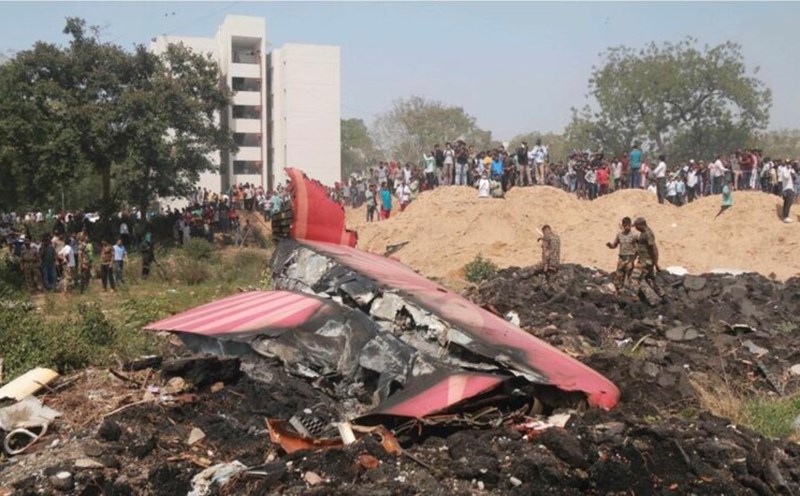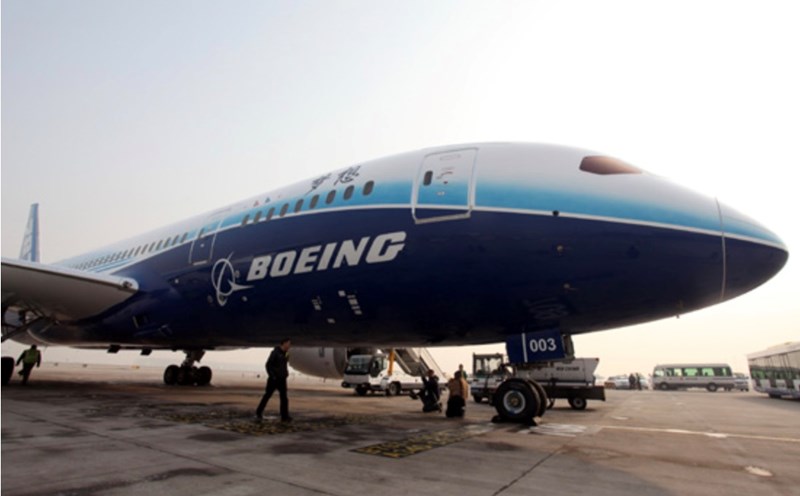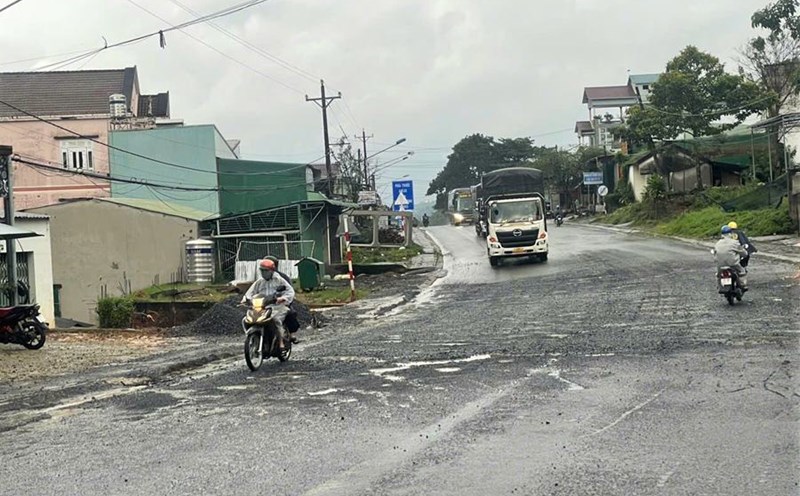Speaking to Lao Dong Newspaper, Mr. Uong Viet Dung, Director of the Civil Aviation Authority of Vietnam, informed about the warning of the US Federal Aviation Administration (FAA).
Accordingly, the FAA has just issued a warning about the risk of unsafety on a number of Boeing 787 aircraft, due to the discovery of serious errors related to the materials that make up the emergency wind turbine (RAT) - a device that plays a vital role in the situation where the aircraft loses all power.
Responding to this issue, Mr. Uong Viet Dung said that Ram Air Turbine (RAT) is an emergency safety device on the aircraft, automatically released from the fuselage, the moving air flow (ram air) will rotate this turbine to create electricity or hydraulic pressure, providing backup energy for control systems and other important equipment in case all the engines for thrust generation or all major generators are broken.
According to the US Federal Aviation Administration (FAA), the agency has received reports from suppliers (Supplier Notice of Escapement - NOE) that the front support parts of RAT (Forward fittings) on some Boeing 787-9 and 787-10 aircraft may have been made of titanium alloy that did not meet design standards.
unsafe conditions can cause frontal support to break down when the RAT is released to generate electricity/create hydraulic pressure, leading to the risk of no longer being able to provide electricity or backup hydraulic pressure in case the aircraft has all its main engines broken.
Therefore, the FAA has issued a notice (Notice of Proposed Rulemaking - NPRM) to collect opinions on the possibility of issuing the Airworthiness Directive to overcome the problem of not meeting RAT standards in making RAT support for B787-9 and B787-10 aircraft.
The mandatory deferral command is a requirement for detailed inspection of the material of the front support of the related RAT device.
According to the assessment of the Civil Aviation Authority of Vietnam, this is a standard and necessary process that aviation management agencies such as the FAA apply to overcome limitations or errors arising in the production and manufacturing process.
The draft directive on compulsory flight eligibility (AD - Airworthiness Directive) is issued to overcome " unsafe conditions" identified on a product (aircraft, engine, fan, etc.).
These conditions can be detected after an incident, or in this case, they can be detected proactively through a manufacturer or supplier (Supplier Notice of Escapement - NOE) report.
This shows that the safety management system is working effectively and the FAA has responded systematically and proactively to a safety problem discovered after production, by requiring all affected aircraft to be inspected and remedied to ensure safe operation.
According to ICAO regulations and current Vietnamese regulations, immediately after the authorities of the aircraft design country issue the AD deck inspection order (here FAA is the authority of the Boeing aircraft design country), Vietnamese airlines will immediately have to conduct assessments and make plans to comply with the requirements of the FAA, the authority of the aircraft design country.











